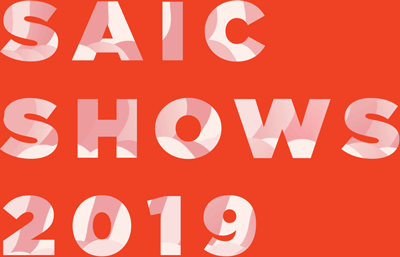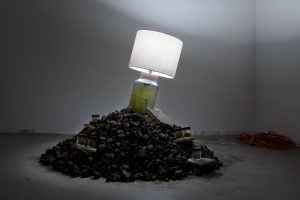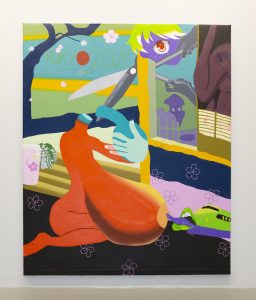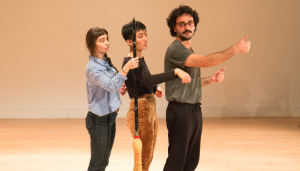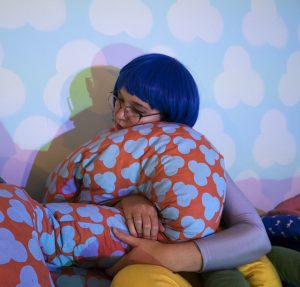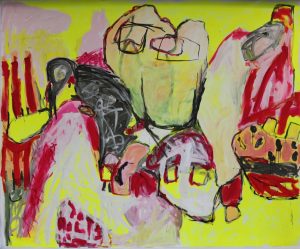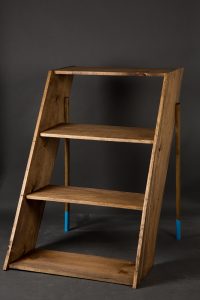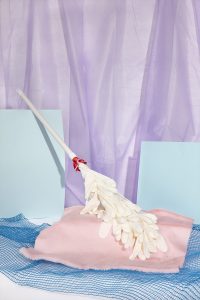Maria Jose Murillo (b. 1989, Arequipa, Peru) is a Latin American artist currently based in Chicago. Her work seeks to explore what Mestizaje means for her and for her people in relation to their divided cultural identity. She would like to think about her work as a way of reclaiming her non-western heritage by going back to her Andean roots which were not present in her westernized education as an artist in Peru. She earned a BFA in Painting at Pontificia Universidad Católica del Perú in Lima and is currently working towards completing her MFA in Fiber and Material Studies at the School of the Art Institute of Chicago.
I am an artist who uses craft practices to tell histories of peoples who have been excluded from the canon of art. By referencing Modernism & Pre-Columbian weave patterns through weaving, ceramics, drawing, and collages, I am trying to draw awareness of the oppression of Indigenous cultures over Western priorities.
I want my viewers to engage with my work by understanding the omnipresent experiences of Colonialism still present today in Latin America. Throughout the 19th century, our Latin American countries had their processes of independence, liberating themselves, in grand part, from settler colonialism but in fact, coloniality did not end. We are still struggling with an internalized coloniality. Having the chance to decolonize my artistic practice by learning how to weave has led me to my roots where I can hear the voice of my ancestors speaking to me in many ways. It is important to note, the art and educational cultural legacy I received in Peru was completely devoid of Pre-Columbian artworks especially related to weaving.
I frequently use materials such as wool, plastic ribbon, non-slip rug pads, terra cotta, and foil to draw connections between Western and Indigenous. I am not interested in hybridity so much as I am trying to show the present conflict within my specific embodied experience as a Mestiza. Mestizaje or the English “Mestizo” refers to a person of both Indigenous & European descent. For many Mestizos, including myself, we have long attempted to navigate this dual heritage. By researching the textiles of my Andean roots and conceiving weaving as my primary medium, as a Peruvian contemporary artist I attempt to seek a positive future for inclusion.
I am interested in going back and forth between the handmade and the digital realm to explore this double identity. I am drawn to work with handmade weaving and ceramics while incorporating digital tools such as the Jacquard loom and the 3d clay printer. Through this process of remediation, I want to reflect on concepts such as translation and the erasure of the hand and gesture as a tool of power. At the same time, I work with a variety of materials to express this duality and our pending natural destruction in relation to the Anthropocene.
I would like to draw a parallel in the way Spanish conquerors arrived nearly 500 years ago and destroyed everything they could find of the ancient Peruvian culture in order to impose their believes and supremacy. I think now, it is happening in a similar way with a human impact on the natural world and the way we are invading and transforming it.
My dual-natured materials point both to the future and the past. My artworks operate like banners to protest and reclaim my space.
